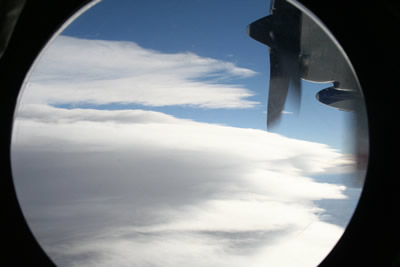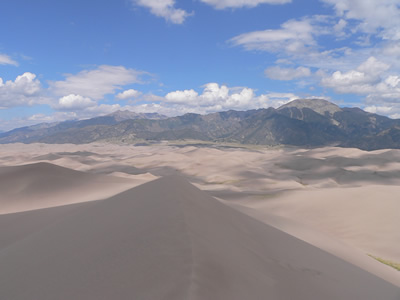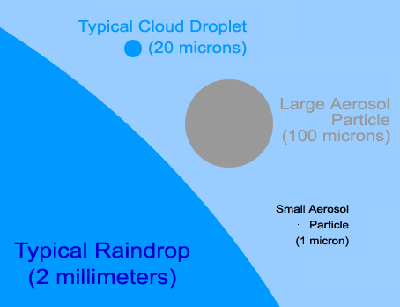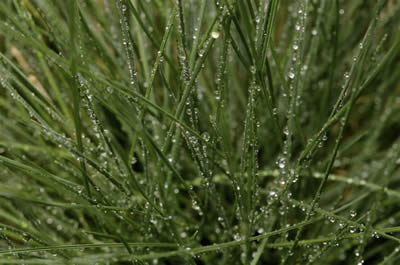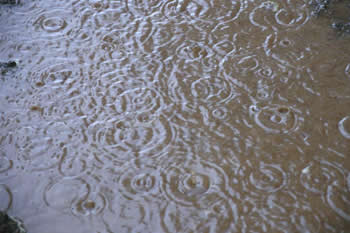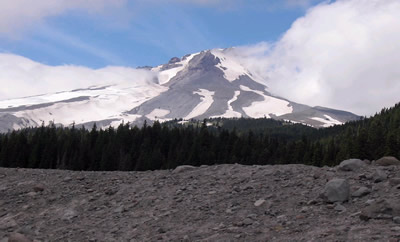Click on image for full size
Image Courtesy of the National Center for Atmospheric Research
Scientists Make First Direct Observations of Biological Particles in High-Altitude Clouds
News story originally written on May 17, 2009
For a long time, scientists have known that microorganisms can get into the atmosphere and travel long distances. But a new study shows how they help influence cloud formation. The effects of tiny airborne particles called aerosols on cloud formation have been some of the most difficult aspects of weather and climate for scientists to understand.
"If we understand the sources of the particles that nucleate clouds, and their relative abundance, we can determine their impact on climate," said Dr. Kerri Pratt from the University of California at San Diego, Scripps Institution of Oceanography.
During the project, called Ice in Clouds Experiment - Layer Clouds (ICE-L), scientists sampled water droplets and ice crystals at high speeds while flying through clouds in the skies over Wyoming. Analysis of the ice crystals revealed that the particles that started their growth were made up almost entirely of either dust or biological material such as bacteria, fungal spores, and plant material.
Scientists want to learn more about the interactions between aerosols and clouds because this information will help them predict the future of climate change. Aerosols, including dust, soot, and sea salt, and organic materials, some of which travel thousands of miles, form the skeletons of clouds. Water and ice in the atmosphere condense around these particles and grow, leading to precipitation. Scientists are trying to understand more about this, as clouds play a critical role by both cooling the atmosphere and affecting regional precipitation processes.
During ICE-L, the scientists studied cloud ice crystals and found that half were mineral dust and about a third were made up of inorganic ions mixed with nitrogen, phosphorus and carbon--the signature elements of biological matter.
The findings suggest that the biological particles that get swept up in dust storms help to start the formation of cloud ice, and that their region of origin makes a difference. For example, it seems that dust transported from Asia could be influencing precipitation in North America. Researchers hope to use the ICE-L data to design future studies timed to events when such particles may play a bigger role in triggering rain or snowfall.


